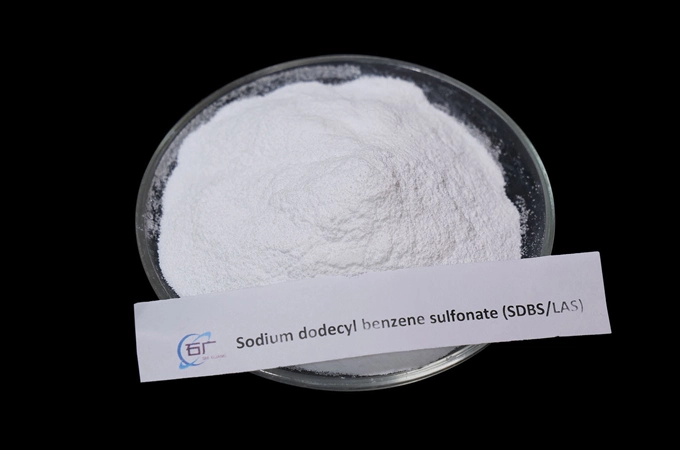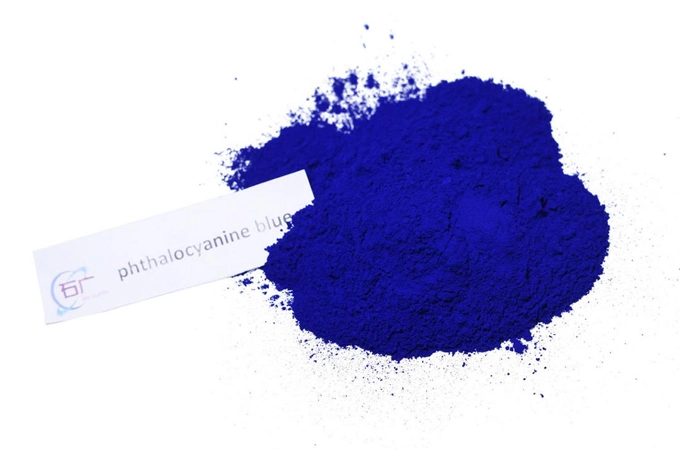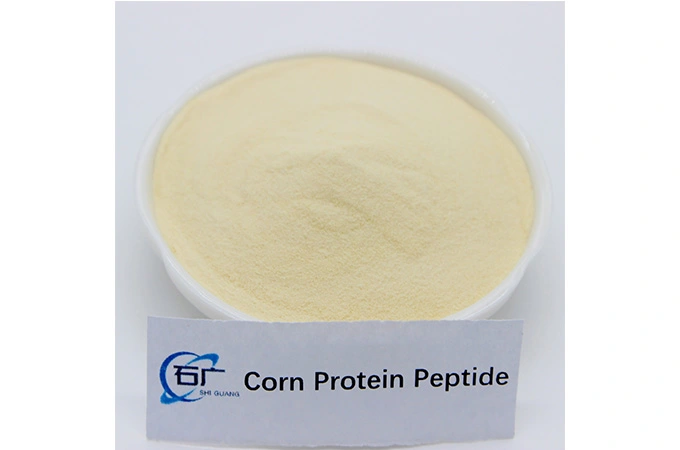Sodium hypophosphite CAS No. 7681-53-0 (NaPO₂H₂) is an ideal reducing agent primarily used in chemical plating and electroplating. The versatility of NaPO₂H₂ extends to the organic synthesis industry, food processing, and preservation, where it serves as a vital component. Additionally, NaPO₂H₂ acts as a stabilizer for engineering plastics, enhancing their durability and performance.
As research deepens into Sodium hypophosphite CAS No. 7681-53-0 (NaPO₂H₂), the significant increase in its derivatives further broadens its applications. The expanding fields of NaPO₂H₂ make it an essential inorganic salt product in various industries. With its diverse uses, Sodium hypophosphite (NaPO₂H₂) remains a key player in innovation and development across multiple sectors.
Properties of Sodium Hypophosphite (NaPO₂H₂)
Sodium hypophosphite CAS No. 7681-53-0 (NaPO₂H₂) is a colorless flaky crystal. The crystallization obtained from its aqueous solution forms a hydrate (NaH₂PO₂·H₂O), which appears as a monoclinic prism. This hydrate is colorless, easily deliquescent, and readily soluble in water and alcohol, but insoluble in ether. Sodium hypophosphite (NaPO₂H₂) remains relatively stable when stored in a dry state; however, it decomposes when heated above 200℃. The H₂PO₂⁻ ion features a distorted tetrahedral configuration.
Pure H₃PO₂, a related compound, is a white crystal with a melting point of 299.7 K and can easily transform into a viscous liquid when supercooled. It is a monobasic acid with a pKa of 1.1 (at 293–298 K). H₃PO₂ is known as a strong reducing agent, and its aqueous solution is not readily oxidized by atmospheric oxygen. Notably, dilute solutions (with a mass fraction of less than 20%) are more susceptible to oxidation, leading to the formation of H₃PO₃.
At 413 K, H₂PO₂ decomposes into H₃PO₄, PH₃, and H₂. In alkaline solutions, it decomposes into HPO₃²⁻ and H₂, with the decomposition rate increasing as the concentration of OH⁻ increases. Sodium hypophosphite (NaPO₂H₂) and its derivatives play crucial roles in various chemical processes due to their unique properties and stability.
Application of Sodium Hypophosphite (NaPO₂H₂) in Chemical Plating
Sodium hypophosphite CAS No. 7681-53-0 (NaPO₂H₂) is primarily utilized as a reducing agent in electroless nickel plating. This method offers numerous advantages, including smoothness, corrosion resistance, and excellent mechanical, electrical, and magnetic properties. As a result, electroless nickel plating has gained widespread application across various industries. Unlike electroplating, electroless plating can effectively coat parts with complex geometries, such as holes, grooves, irregular surfaces, and larger components.
While other reducing agents are available, including formaldehyde, sodium borohydride, hydrazine, and dimethylamine borane, sodium hypophosphite CAS No. 7681-53-0 (NaPO₂H₂) stands out due to its low redox potential, stability in plating solutions, and cost-effectiveness, making it the most commonly used option.
Formaldehyde-based plating solutions are unstable and pose environmental and health risks due to toxicity. Sodium borohydride, although effective, requires a high pH (above 11) to avoid decomposition in non-strong alkaline solutions. Hydrazine can produce high-purity nickel layers, but it often results in high internal stress and brittleness in the plating. Dimethylamine borane is versatile across various pH levels but tends to be more expensive. Additionally, using low-valence ions such as Ti³⁺ and Sn²⁺ as reducing agents presents challenges, as redox reactions do not occur effectively on the catalyst surface.
Overall, sodium hypophosphite (NaPO₂H₂) offered by raw material chemical suppliers, remains a preferred choice in electroless nickel plating due to its unique benefits and effectiveness in diverse applications.
 English
English Nederland
Nederland


